Face Washing

How do I clean and store my reusable face mask ?
Face masks have become an essential part of our daily lives, especially during the COVID-19 pandemic. If you're using a reusable face mask, it's crucial to clean and store it properly to maintain its effectiveness and longevity. Here's a step-by-step guide on how to do so: ### Cleaning Your Reusable Face Mask Hand Washing * Fill a basin or sink with warm water: Make sure the water is not too hot to avoid damaging the fabric. * Add a mild detergent: Use a gentle soap or laundry detergent that is free from bleach and harsh chemicals. * Soak the mask: Let the mask soak in the solution for at least 30 minutes. * Gently scrub: Use your hands or a soft brush to gently scrub the mask, paying special attention to the areas around the nose clip and ear loops. * Rinse thoroughly: Rinse the mask under running water until all soap residue is removed. * Lay flat to dry: Place the mask on a clean towel or hang it to air dry completely before using it again. Machine Washing * Place the mask in a mesh laundry bag: This will protect the mask from getting damaged in the washing machine. * Select a delicate cycle: Use cold or warm water and set your washing machine to a gentle cycle. * Use mild detergent: Choose a detergent that is free from bleach and harsh chemicals. * Dry the mask: After washing, either lay the mask flat to air dry or tumble dry on low heat. ### Storing Your Reusable Face Mask Proper Storage Techniques * Keep it clean and dry: Ensure that your mask is completely dry before storing it to prevent mold growth. * Store in a breathable container: Use a paper bag or a breathable fabric pouch to store your mask. Avoid using plastic bags as they can trap moisture. * Avoid direct sunlight: Direct sunlight can degrade the fabric over time, so store your mask in a cool, shaded area. * Separate dirty and clean masks: Keep your clean masks separate from used ones to avoid cross-contamination. When to Replace Your Mask Visible damage or wear: If your mask has holes, torn seams, or is significantly faded, it's time to replace it. Loss of shape or fit: If the mask no longer fits snugly against your face or if the nose strip is no longer effective, consider replacing it. Reduced effectiveness: If you notice a decrease in filtration efficiency or breathability, it may be time for a new mask.
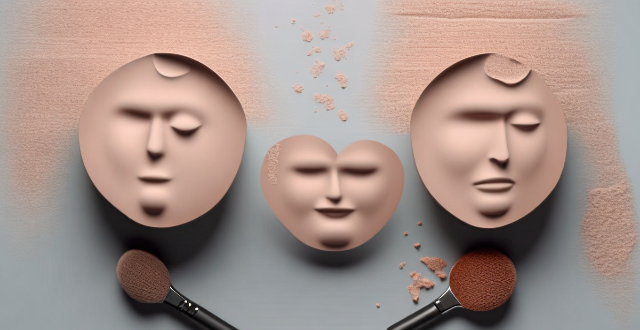
Are there any shortcuts to doing a full face of makeup quickly ?
In this guide, we explore shortcuts and tips for doing a full face of makeup quickly. We discuss preparation, multi-tasking products, streamlined techniques, and time-saving tools. By following these steps, you can do a full face of makeup quickly without sacrificing quality or style.

Can wearing a face mask cause skin irritation or acne ?
Wearing a face mask can cause skin irritation or acne due to friction, pressure, heat, moisture buildup, and bacterial growth. To prevent these issues, choose breathable materials, wash your face regularly with gentle cleansers, use oil-free skincare products, change your mask frequently, and consult a dermatologist if necessary.
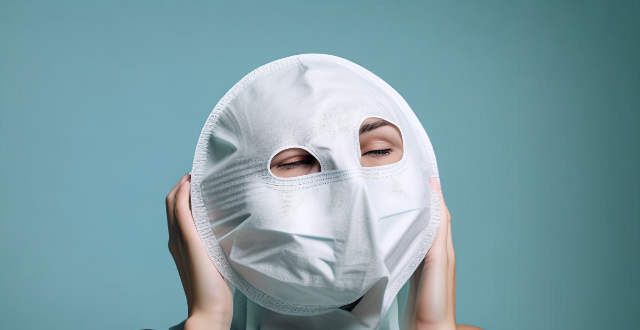
Can wearing a face mask for a long time cause breathing problems ?
Wearing a face mask for extended periods can cause breathing issues, especially if the mask is not fitted properly or worn incorrectly. There are various types of face masks, each with its own potential impact on breathing, including surgical masks, N95 respirators, and cloth masks. Prolonged use of face masks can lead to increased resistance, humidity, and reduced oxygen intake. To minimize potential breathing issues while wearing a face mask, it's important to ensure proper fit, choose breathable materials, take breaks, stay hydrated, and consult a healthcare professional if necessary. Overall, the benefits of source control and infection prevention should be balanced against any minor discomforts experienced.

What are the benefits of using a face mask regularly ?
The text provides a summary of the benefits of using a face mask regularly, including improved skin health, anti-aging benefits, acne prevention and treatment, and relaxation and self-care. The improved skin health section discusses the benefits of moisturization, cleansing, nutrient infusion, and brightening effects. The anti-aging benefits section highlights boosting collagen production, fighting free radicals, plumping up fine lines and wrinkles, and improving skin texture. The acne prevention and treatment section covers reducing inflammation, balancing oil production, unclogging pores, promoting healing, and preventing future breakouts. The relaxation and self-care section emphasizes stress relief, aromatherapy benefits, sensory experience, and quality me-time. Overall, the text suggests that incorporating face masks into a regular skincare routine can offer numerous benefits for both physical and mental well-being.
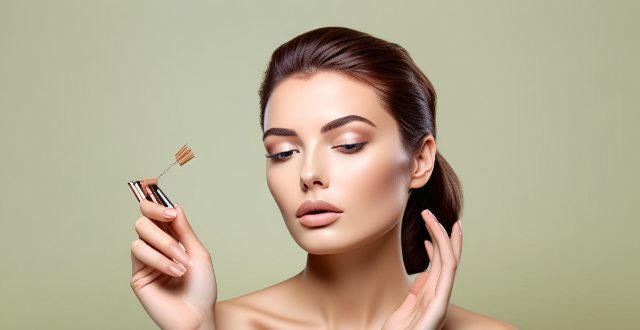
How do I create a simple, everyday makeup look that's also fast to do ?
Creating a simple, everyday makeup look that is also quick to apply involves several steps and products. Start with clean skin by washing your face with a gentle cleanser and applying a lightweight moisturizer. Prime your face with a primer to create a base for your makeup. Apply foundation evenly across your face using a makeup sponge or foundation brush. Use concealer to cover any blemishes or dark circles under your eyes, and add a bit of highlighter to the high points of your face. Add some color to your cheeks with blush and bronzer. For eye makeup, use a neutral eyeshadow close to your skin tone, curl your lashes and apply mascara, and fill in your eyebrows with a pencil or powder that matches your brow color. Finish with a lip balm or tinted lip balm/light lipstick. Finally, use a setting spray to lock in your makeup and ensure it lasts throughout the day. By following these steps, you can create a simple, everyday makeup look that is both fast to do and enhances your natural beauty.

How does wearing a face mask affect oxygen levels in the body ?
Wearing a face mask is an essential practice during the COVID-19 pandemic to prevent the spread of the virus. However, some people have concerns about whether wearing a mask affects oxygen levels in the body. In this article, we will explore how wearing a face mask affects oxygen levels in the body and provide evidence to support our claims. There are two main ways in which wearing a face mask can affect oxygen levels: decreased airflow and increased carbon dioxide retention. However, studies have shown that wearing a face mask does not significantly reduce oxygen levels in healthy individuals who are not exercising heavily. In healthy individuals, wearing a face mask does not pose any significant risk of low oxygen levels. However, if someone has underlying respiratory conditions such as asthma or COPD, they may experience shortness of breath or other symptoms when wearing a face mask. To ensure adequate oxygen levels while wearing a face mask, one can follow these tips: choose the right type of mask, maintain good hydration, exercise regularly, avoid heavy exercise, and consult with healthcare professionals if necessary.

What are some tips for washing clothes faster without compromising quality ?
Washing clothes faster without compromising quality is possible by following these tips: sorting clothes properly, using the right detergent, choosing the right wash cycle, not overloading the washer, and hanging dry when possible. These steps can save time, energy, and money while ensuring clean and fresh garments.
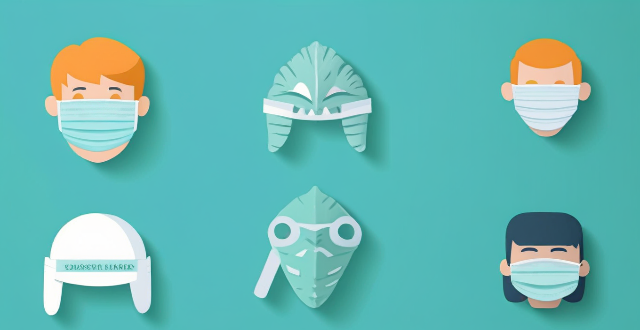
Is it safe to reuse disposable face masks after being out in public ?
The safety of reusing disposable face masks depends on several factors, such as the type of mask, how long you've been wearing it, and whether or not you've touched the outside of the mask. The CDC recommends replacing your disposable face mask as soon as it becomes moist or dirty. While it may be tempting to reuse disposable face masks to conserve resources, doing so could compromise their effectiveness. It is generally recommended to follow the guidelines provided by health organizations and experts and prioritize your health and safety by using clean and effective personal protective equipment.

What challenges do athletes face when using their platform to advocate for peace ?
Athletes face challenges when advocating for peace, including navigating political landmines, dealing with criticism and backlash, balancing personal brand and advocacy, finding common ground, maintaining credibility, overcoming language barriers, and avoiding complacency.

What challenges do athletes from different cultural backgrounds face when competing in foreign countries ?
Athletes from different cultural backgrounds face challenges when competing in foreign countries, including language barriers, cultural differences, time zone changes, and homesickness. These issues can affect performance, mental state, and overall experience during competition. Overcoming these challenges requires resilience, adaptability, and a strong support system.
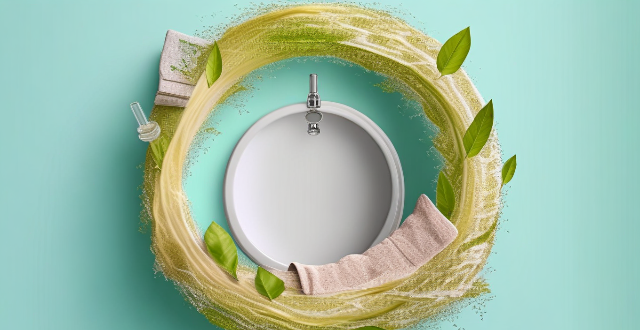
What are the best ways to wash clothes quickly and effectively ?
This article discusses the best ways to wash clothes quickly and effectively. It covers preparation steps such as sorting clothes, pre-treating stains, and checking pockets. It also explains how to set up a washing machine with the right cycle, warm water, and detergent. Handwashing clothes is another option that involves soaking clothes in warm water with detergent, scrubbing gently, rinsing thoroughly, and hanging to dry. After washing, drying clothes properly is important to prevent wrinkles and damage. Overall, following these steps can help you save time and keep your clothes clean and fresh.

How do I maximize my laundry routine for efficiency ?
Maximizing Laundry Routine for Efficiency is a guide that provides tips and tricks on how to make the most out of your laundry routine. The guide covers various aspects of laundry, including preparation, washing, drying, folding and storing, and maintenance. It emphasizes the importance of separating clothes by color and fabric type, using the right detergent and amount, choosing the appropriate wash cycle and water temperature, not overloading the washing machine, using the right dryer setting, removing clothes promptly after drying, folding clothes neatly, storing clothes appropriately, cleaning the washing machine regularly, and maintaining the dryer properly. By following these tips, you can save time, energy, and money while keeping your clothes looking their best.

What are some quick and easy ways to get my clothes clean ?
Here are some quick and easy ways to keep your wardrobe fresh and clean: 1. Spot Cleaning: For small stains or spills, dampen a cloth with water or a mild detergent and gently blot the affected area until the stain is removed. 2. Hand Washing: Fill a sink or basin with warm water and add a small amount of gentle detergent. Gently agitate clothing items in the water, then rinse thoroughly and hang to dry. 3. Machine Washing: Sort clothes by color and fabric type before washing. Use a gentle cycle and cold water for delicate items, and warmer water for more durable fabrics. 4. Dry Cleaning: Check care labels on garments made from silk, wool, or other delicate materials. If dry cleaning is recommended, take clothes to a professional dry cleaner. 5. Air Drying: Hang clothes outside on a clothesline or indoors on a drying rack to save energy and prolong their lifespan. This method also helps eliminate wrinkles and static cling. 6. Steaming: Hang clothes in a steamy bathroom after a shower or use a handheld garment steamer to remove wrinkles and odors. By incorporating these methods into your routine, you can keep your wardrobe looking its best without spending hours on laundry day.

How to care for and maintain your sports fashion garments ?
Sporting fashion garments are designed to be both stylish and functional, but they also require special care to maintain their quality and appearance. Here are some tips on how to properly care for and maintain your sports fashion garments: Washing instructions include reading the label, sorting clothes, using a gentle detergent, hand washing or machine washing on delicate cycle, and avoiding tumble drying. Maintenance tips include storing properly, avoiding ironing, spot cleaning stains, rotating garments, and repairing tears and holes. By following these care and maintenance tips, you can extend the lifespan of your sports fashion garments and keep them looking their best for years to come.